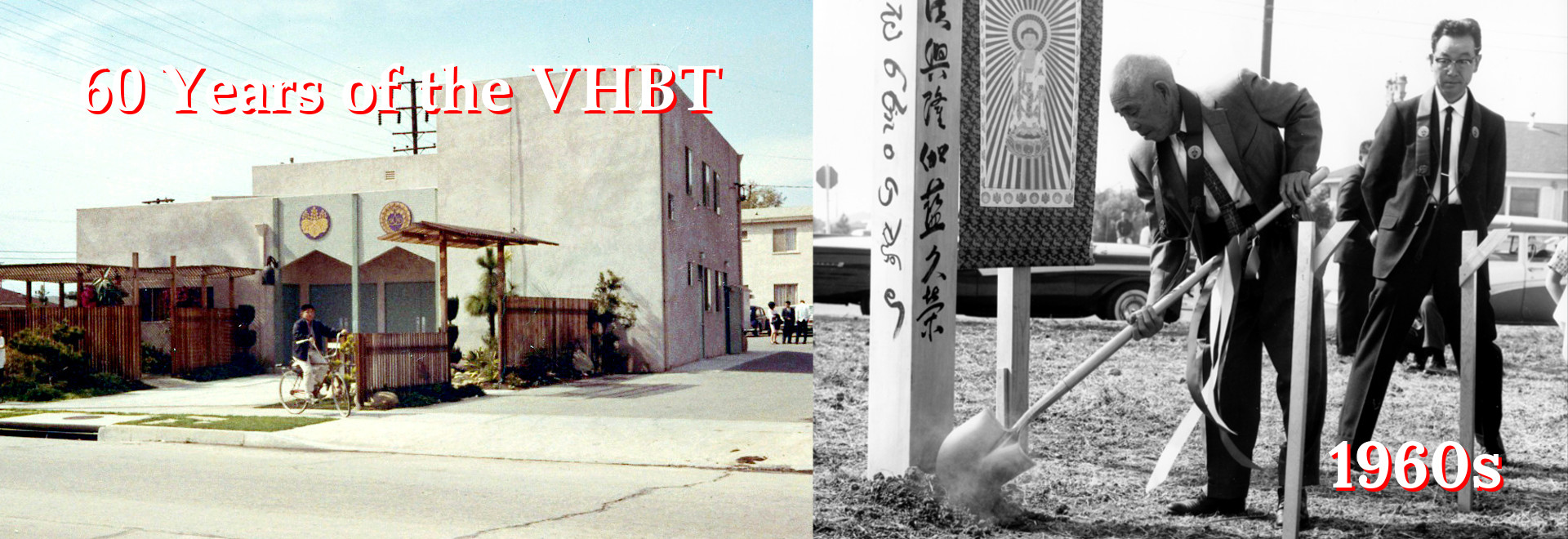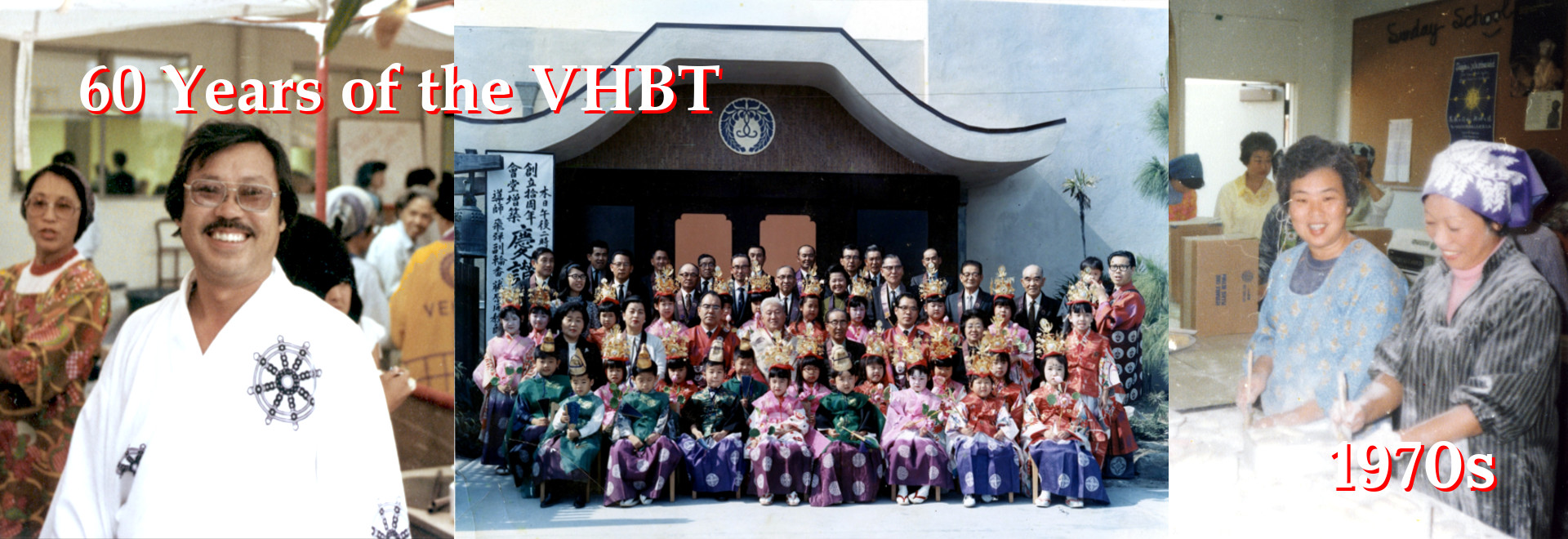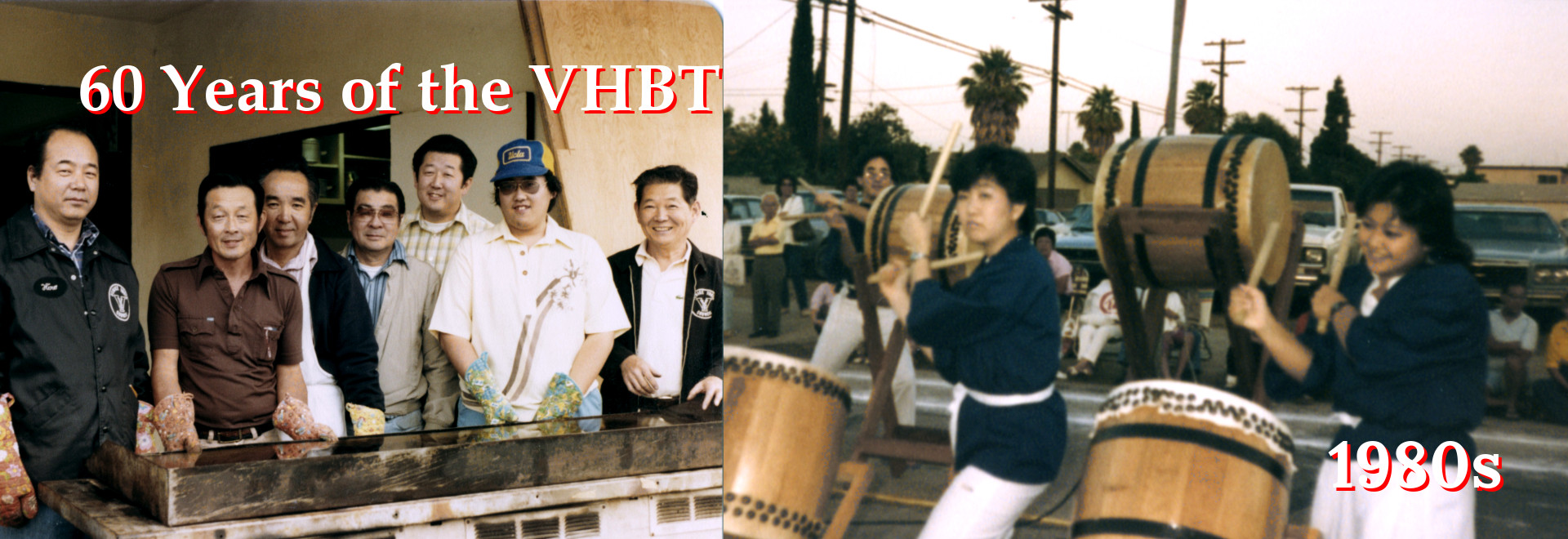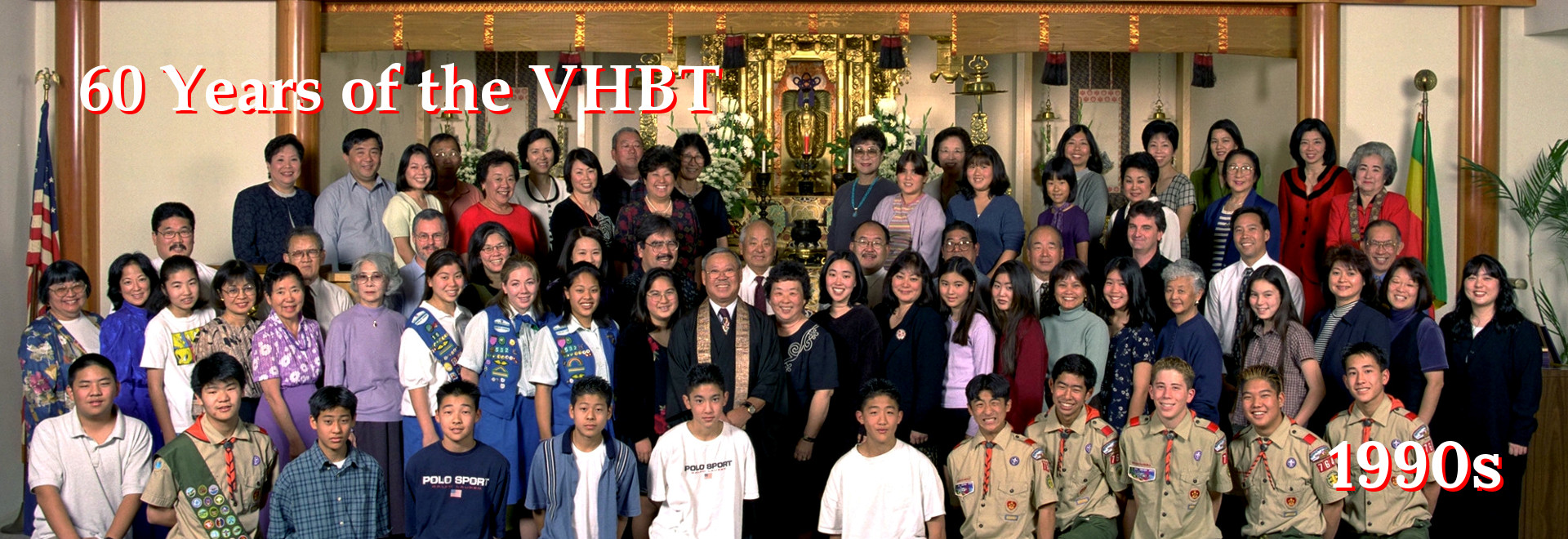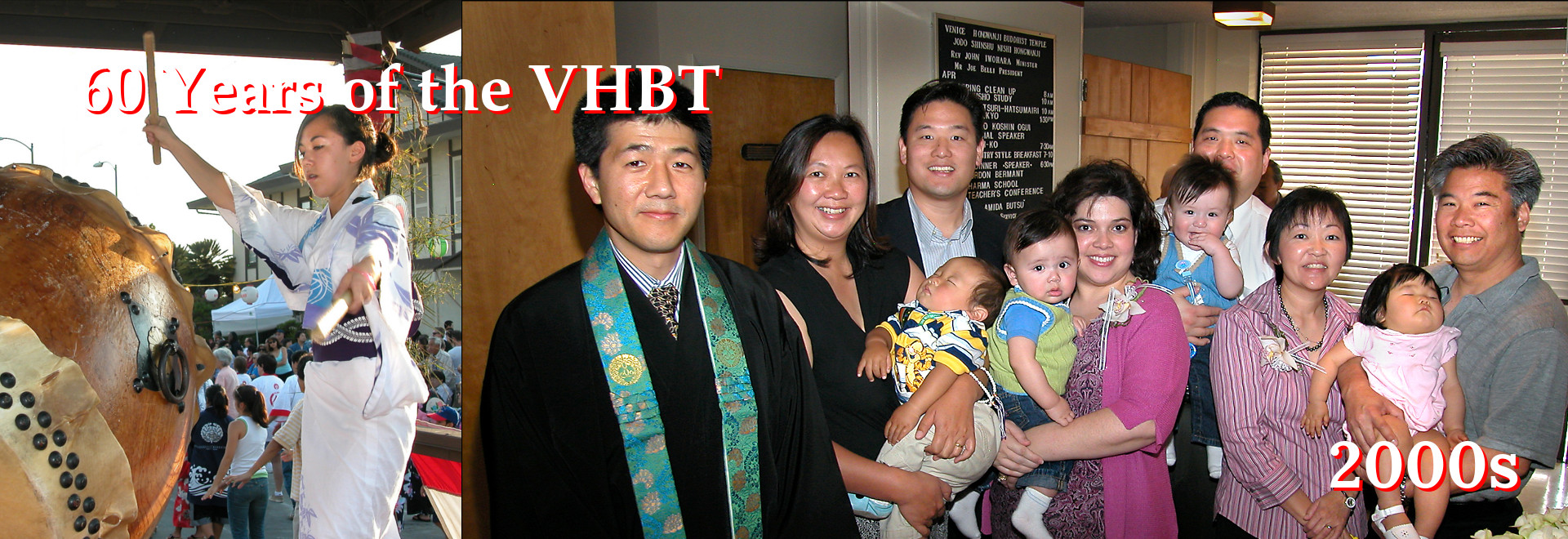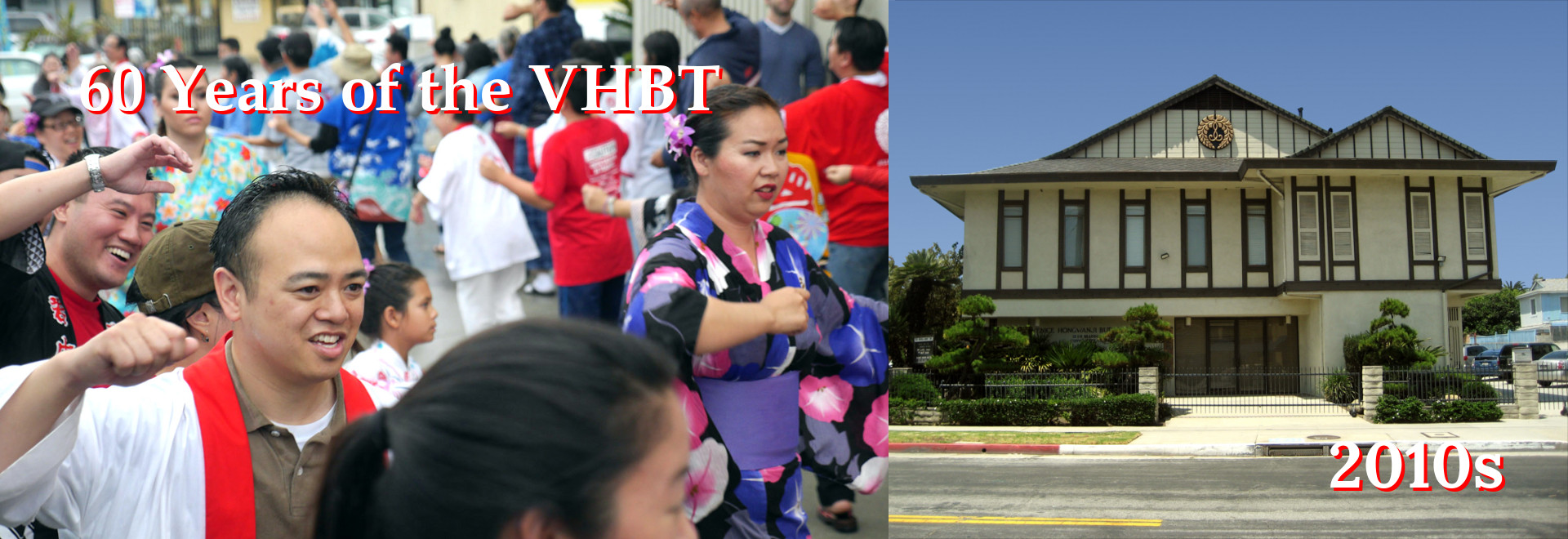The Jodo Shinshu Funeral Ritual
Kansho (喚鐘) “Calling Bell”
The ringing of the Kansho, literally “calling bell,” marks the beginning of the funeral services. The Kansho is rung to begin the service because it reminds us of the way that Shakamuni Buddha shared the Dharma or teachings with all, and how it called everyone to explore the truth. One of the truths that the Buddha teaches is the impermanence of all existence. Understanding this truth is an especially important part of the funeral services. This message that can be shared during the ringing of the Kansho is poignantly recorded in the opening line of the Heike Monogatari (Tale of Heike), one of the world literary classics:
“The voice of the Bell at the Gion Monastery resounds all conditioned existence is impermanent. The color of the flowers of the twin sala trees demonstrates that the prosperous will decline. The prideful cannot remain so for long. It is simply like the dream of a spring night.”
Kanzen Dokkyo (棺前読経) “Reading of the Sutra before the casket”
This part of the service involves the reading of a commentary written by Zendo Daishi, one of the Seven Great Masters who helped to establish the doctrinal lineage of Jodo Shinshu. The commentary is titled the Kisanbo-ge and literally means, “Verses on Taking Refuge on the Three Treasures.” This Gatha or verse ends with a statement revealing the Mahayana essence, the Bodhisattva ideal, of Jodo Shinshu. The concluding section that is used with most chants used in the Jodo Shinshu ritual states the following:
I will share it equally with all
Giving rise to the same heart of Bodhi (Enlightenment)
I go to be born into the country of assurance and joy.
Homyo Juyo (法名授与) “Presentation of Dharma Name”
The Dharma Name is a name given to all followers of the Buddha path. To receive this name an individual must take refuge in the three treasures of Buddha, Dharma and Sangha. Although it is preferable to receive this name while still alive, for those who have not yet received the Dharma Name prior to death a special Dharma Name presentation ceremony is conducted. This becomes part of the reason why the Kisanbo-ge is read prior to the presentation of the Dharma Name. For those who have already received their name, the chanting of the Kisanbo-ge becomes a rededication to the three treasures. The Homyo itself is comprised of three characters. The first character “Shaku” is taken from Shakamuni which literally means sage (muni) of the Shaka (the name of the clan that the historical Buddha belonged to). This character is used to indicate that all who have this name belong to the family as that of the Buddha. The next two characters are the actual name of the Buddhist devotee. These characters are often taken from scriptural sources.
Butsuzen Dokkyo (仏前読経) “Reading of the Sutra before the Buddha”
Although the term “Dokkyo” has the literal meaning of “Reading of the Sutra,” the term has expanded to include the reading of any scriptural source. For the Jodo Shinshu Funeral Service the scripture that is read is the Shoshin Nembutsuge (Shoshinge). Shinran Shonin, the founder of Jodo Shinshu, wrote this Gatha. It is a Gatha that describes the transmission of the essence of Jodo Shinshu Buddhism. It is chanted during the funeral service, in part, to help us see that we continue to be indebted to the deceased who even through death has helped us to meet with the Buddha-Dharma.
Oshoko (お焼香) “Burning of Incense”
During the chanting of the Shoshinge the family of the deceased, relatives, pallbearers, and other guests come up to burn incense and view the body. Burning incense is symbolic of purifying one’s heart and mind to receive truth “as it is.” At the funeral service, truth as it is includes the impermanent nature of life. It is customary to bow as one passes the immediate family after viewing the body. Click here for the steps on performing the oshoko ritual.
Sanbutsuka (讃仏歌) “Song in Praise of the Buddha”
The Sanbutsuka at a funeral service are sung to remind us of one of the universal truths that we need to embrace in order to live our lives fully, or the understanding of the impermanent nature of all things. It is sung to thank the Buddha for sharing and preparing us to meet with this inevitable part of our existence.
Ryakureki (略歴) “Abridged History”
A brief personal history of the deceased is often read at the funeral service.
Daihyo Shoko (代表焼香) “Burning of Incense by representatives”
Individuals who represent groups that the deceased was affiliated with including friends, community organizations, temple organizations, and the temple are often asked to do incense burning.
Choji (弔辞) “Words of Condolence”
Words of condolence, which may include the formal choji, reading of telegrams, eulogy, or remembrances are often given at the funeral service.
Howa (法話) “Dharma Talk”
The Howa is the message given by the minister. The message is often concluded with the reading of the Gobunsho letter titled “Letter on the White Ashes.” The collection of letters known as the Gobunsho was written Rennyo Shonin (1415-1499) who was the 8th head of the Hongwanji.
Shaji (謝辞) “Words of Gratitude”
The funeral ends with words of appreciation from the mourning family to all those involved in conducting and attending the funeral service.
